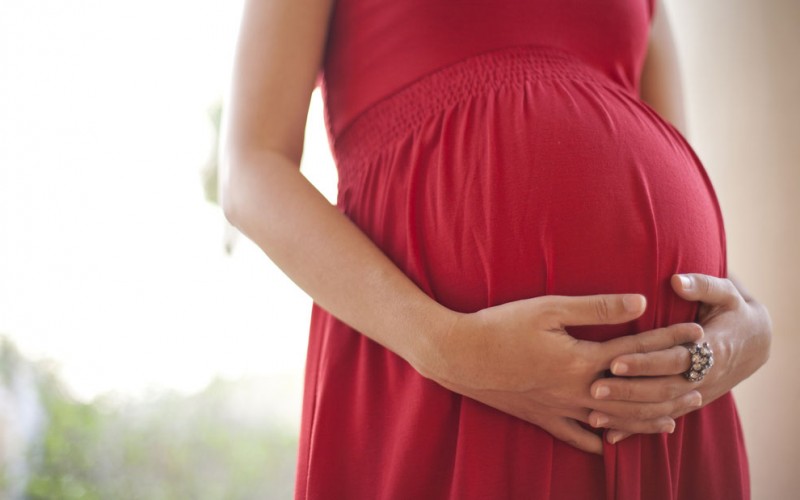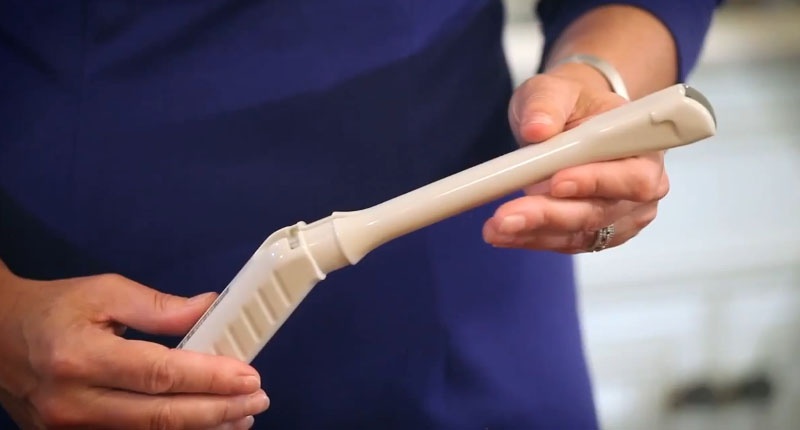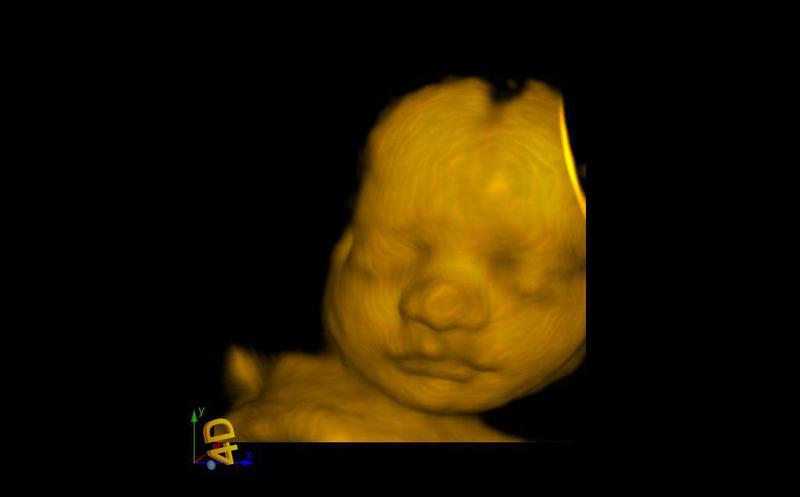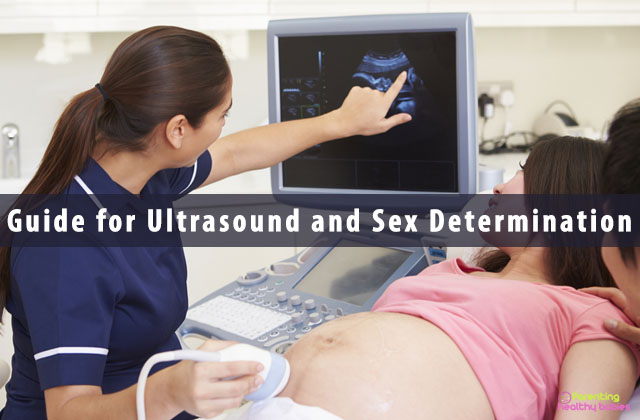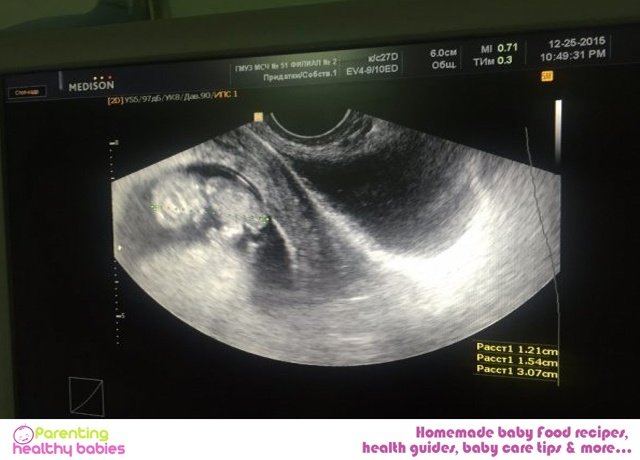The sperm has met the eggs in the second week and the result is you are pregnant! However, it is quite early for the women to know that they are pregnant at this stage. The conception happened just a week ago. It’s yet not the time for you to miss your periods this month.
But, your baby has already begun to grow in the uterus. There will be changes in your body even at this stage. The fetus will also begin its next phase of growth and development. It may be too early for you to notice the physical changes occurring inside your body at this stage. However, it is important for you to be aware of them. Let us have a look at the week 3 of pregnancy with learning the development of the baby.
Read More: Week 2 : Pregnancy Week by Week
Fetal growth and Development at Week 3 of Pregnancy
After the meeting of the sperm and egg in the second week, the fertilized egg arrives in the uterus. It starts burrowing in the lining of the uterus. This allows for the firm implantation of the fetus to the uterine lining.
At this stage, the baby is just about the size of a tiny ball. It is called a blastocyst. It consists of several hundred of cells. These cells multiply continuously to forms millions of cells, which together form tissues. Over the next few weeks, these tissues together form the different organs of the body.
A part of the blastocyst develops to form a placenta. The prime function of the placenta at week 3 of pregnancy is to produce hCG. hCG, or human chorionic gonadotropin, is a pregnancy hormone. It signals the ovaries to stop releasing more eggs. It also triggers an increased synthesis of estrogen and progesterone. These female hormones can keep the uterus from shedding endometrium, its inner lining. It is this function of the hCG that causes women to miss their periods when they are pregnant.
Several other changes occur during week 3 of pregnancy. The amniotic fluid begins to collect around the clusters of cells to form the amniotic sac. This fluid provides a protective cushion to the developing baby throughout the pregnancy.
During the week 3 of pregnancy, the tiny blastocyst receives oxygen and other nutrients through a small network of capillaries. These capillaries form a circulation system of the fetus. It is made up of microscopic channels connecting the baby to the blood vessels in the uterine wall. Later, as the placenta develops, it takes over this task of supplying nutrients to the fetus.
Ultrasound examination at week 3 of pregnancy
The ultrasound at week 3 of pregnancy may not detect you have conceived. At this stage, the fertilized egg is smaller than a single grain of salt. Also, it is constantly on the move. Hence, the ultrasound may not be able to detect the pregnancy at this stage. However, by the end of the week 3, the test may help to detect the increased thickness of the uterine lining. This could be considered a sign of a successful conception. The thickened uterine lining signifies the fertilized egg has reached the uterus and is implanted.
Changing body and physical symptoms at week 3 of pregnancy
If you are expecting pregnancy, you may be more watchful about the changes occurring in your body. You may feel excited about noticing changes or something different about your appearance. You may be excited about having a bulging tummy.
However, at week 3 of pregnancy, the belly is not really what you should watch out for. You may experience a mild bloating sensation. But, it is not directly linked to a growing baby as the fetus is still very small.
There are still a few more weeks to go before you can actually look pregnant. However, there may be a few subtle changes occurring in your body.
- Spotting: Most women experience spotting during week 3 of pregnancy. This bleeding is not linked to your regular periods. It is called the implantation bleeding. The spotting occurs as the fertilized egg tries to burrow in the wall of the uterus.
- Nausea: You may experience mild to moderate nausea. This symptom occurs due to the increased production of the pregnancy hormone, hCG.
- Breast tenderness: Other bodily changes that you can expect at this phase include breast tenderness. You may experience enlargement and soreness in the breasts.
- Nipple changes: There may also be a slight darkening of the nipples as the body starts prepping to produce milk.
Some other physical signs that occur in week 3 of pregnancy include fatigue, and frequent urination. Some women notice they have developed a heightened sense of smell during this period. They may also feel overwhelmed with the gag-inducing smells. This could be the effect of the increasing levels of estrogen in the body. There may also be a rise in your basal body temperature.
Read more: Week 4 of Pregnancy: Pregnancy Week by Week
Dos and don’ts to remember and smart tips to follow in week 3 of pregnancy
- Avoid the temptation to eat for two. Being pregnant or planning conception doesn’t mean you start eating for two. An increased intake of food can lead to unwanted weight gain and raise your risk of obesity.
- A drastic increase in your daily food intake is not recommended in the first trimester. At week 3 of pregnancy, you should eat a healthy, well-balanced diet.
- You may start taking prenatal vitamins or folic acid.
- In case the spotting in the third week is accompanied by severe pain in the abdomen, it is advisable to consult a gynecologist. The pain could be related to ectopic pregnancy. It is a condition that occurs due to the abnormal implantation of the fertilized egg in a place other than the uterus.
- If your menstrual cycles are shorter than 28 days, you may have a urine pregnancy test kit ready to detect the pregnancy. You can do the test at home to confirm the pregnancy.


